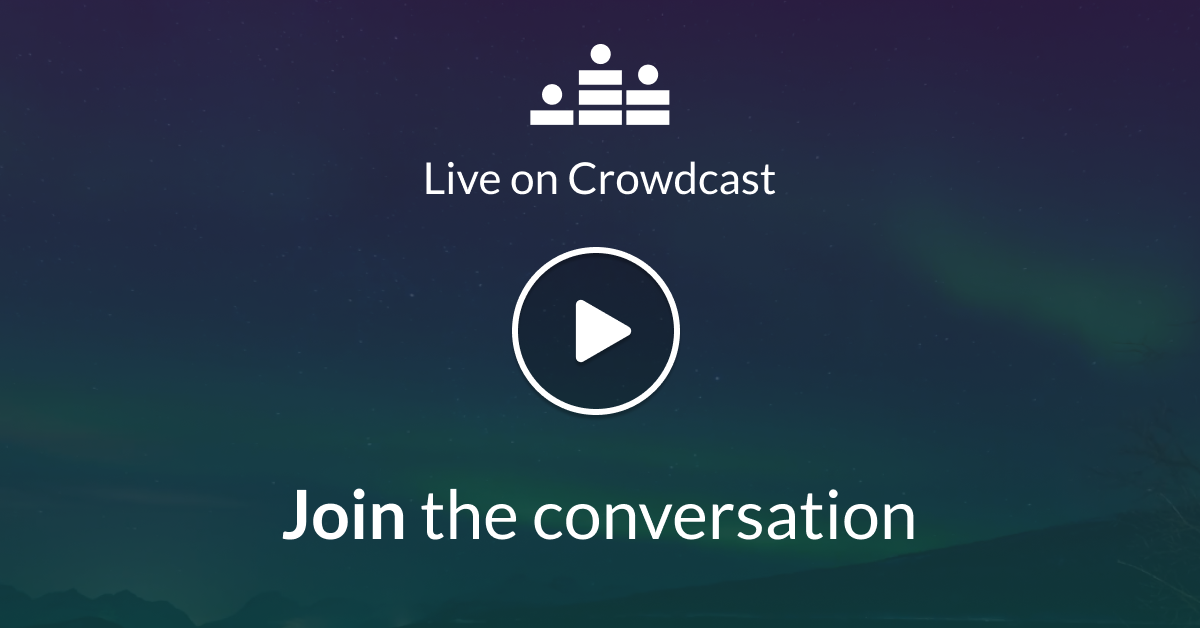Last week my family and I went to see the new movie, “A Beautiful Day in the Neighborhood”. It is a tale based on true life events of how a cynical journalist develops a friendship with children’s television icon Fred Rogers. If you check it out bring tissues 🙂
Mr. Rogers was a beloved TV personality who invited his young viewers into his “neighborhood” for 895 episodes to talk about what goes on inside of us. He trusted that when children felt invested in by adults they could learn the lessons they needed and apply them in their lives.
The genius of Fred Rogers is that he met his young viewers right where they were. He had three simple rules:
1. Be Kind
2. Be Kind
3. Be Kind
He used his show to convey that they were worthwhile, special and could share whatever they were going through. When he told them all feelings were mentionable and manageable, he was handing them the keys to their own social and emotional learning.
Now, this can be a challenging lesson for many students to learn. Some learners are easier to influence than others. The process, as Fred discovered, is the same. Meet them where they are, help them to become aware, and help them to keep moving forward. This is something I keep in the back of my head when I work with students. The more stuck they are, the more I work this process. This is especially true at this time of year since the messages of joy and celebration may not resonate with all of them.
So how would Mr. Rogers respond to this sort of thing? Well, he would probably say something like,
“It’s okay to feel the way you feel and it is good to talk about that with those you trust”
Oh, and it is good to keep in mind that we need to treat ourselves the same way too:)


